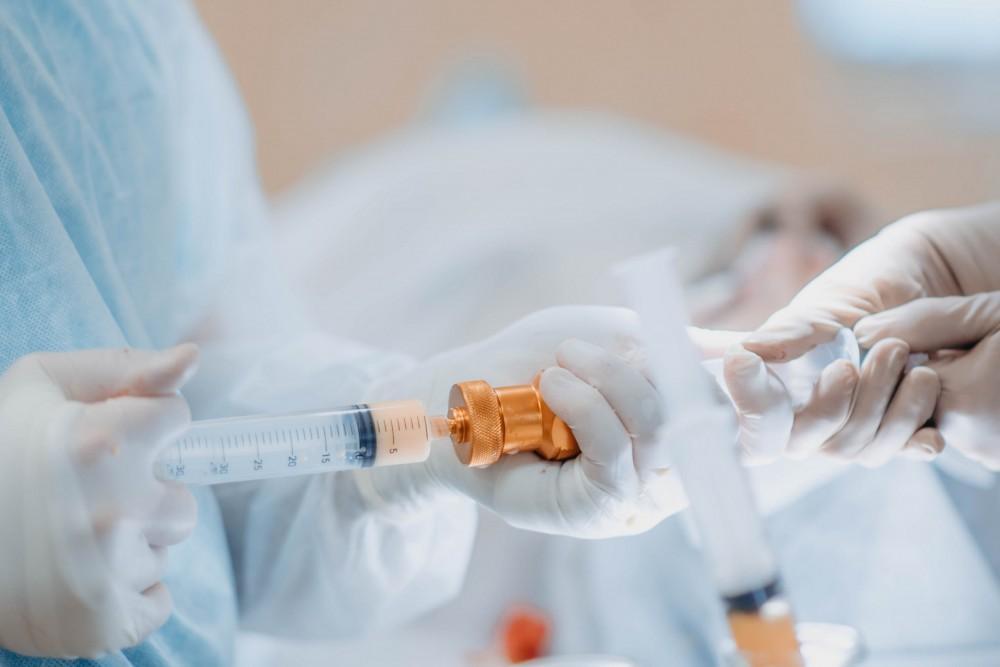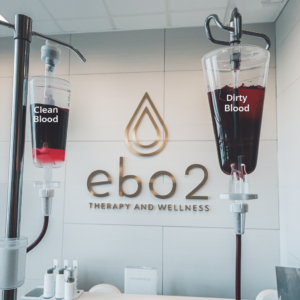Stem cell therapy is a medical treatment that uses the body’s healing cells to repair damaged tissues and organs. Many patients visit a therapy clinic in Rancho Palos Verdes and other locations to learn about this innovative treatment option. This guide explains how stem cell therapy works, the different types available, the treatment process, potential benefits, and important safety considerations. Understanding these basics helps you make informed decisions about this promising medical technology.
The Science Behind Stem Cells
Stem cells are special cells in your body that haven’t yet decided what type of cell they want to become. Think of them as blank cells that can turn into different types of cells like muscle, nerve, or blood cells, depending on what your body needs. These cells possess two important abilities: they can replicate themselves and differentiate into specialized cells. This makes them very valuable for healing because they can replace damaged or dead cells in your body. Stem cells can divide and create new cells for long periods, providing your body with a constant supply for repair. When your body gets injured or sick, stem cells can help by becoming the specific type of cell needed to fix the problem.
Types of Stem Cell Therapies
Different types of stem cells are used for different medical conditions and treatments. Mesenchymal stem cells, derived from bone marrow or fat tissue, are effective in reducing inflammation and promoting tissue healing. These are commonly used for joint problems and injuries. Hematopoietic stem cells are found in the bone marrow and blood, and they’re used to treat blood diseases, such as leukemia, by creating new, healthy blood cells. Induced pluripotent stem cells are created by reprogramming adult cells into a state that resembles that of embryonic stem cells. This type is exciting because it can be made from the patient’s cells, reducing the risk of rejection. Embryonic stem cells originate from early-stage embryos and can develop into any cell in the body, making them highly versatile but also raising significant ethical concerns.
Process of Stem Cell Injection
The stem cell injection process starts with collecting stem cells from either your own body or a donor. If using your cells, doctors typically extract them from bone marrow, fat tissue, or blood. These cells are then processed and prepared in a laboratory to make sure they’re healthy and ready for treatment. During the injection procedure, a doctor uses precise techniques to deliver the stem cells directly to the area that needs treatment. This may involve a joint, muscle, or organ, depending on your condition. The injection is usually performed using imaging guidance, such as ultrasound, to ensure the cells are placed exactly where they’re needed. The entire process is typically performed as an outpatient procedure, allowing you to go home the same day.
Potential Benefits of Stem Cell Therapy
Stem cell therapy offers hope for treating many medical conditions that were previously difficult to heal. These treatments can help repair damaged tissues in conditions such as spinal cord injuries, where stem cells may aid in the growth of nerve cells. For heart disease, stem cells may help create new heart muscle cells to replace damaged ones. Joint problems, such as arthritis, may improve as stem cells help rebuild cartilage and reduce inflammation. Autoimmune diseases, such as multiple sclerosis, could benefit from stem cell therapy because it can help calm an overactive immune system. Organ damage in the liver or kidneys might also improve with stem cell treatments. While research is still ongoing, early results show promise for helping patients who haven’t found relief with traditional treatments.
Safety and Ethical Considerations
Like any medical treatment, stem cell therapy has both benefits and risks that patients need to be aware of. Safety concerns include the possibility of immune rejection if using donor cells, the potential for cells to grow uncontrollably and form tumors, and the risk of infection. To minimize these risks, doctors carefully screen donors and test all stem cells before they are used. Ethical issues mainly involve embryonic stem cells, which require destroying embryos to obtain. However, newer methods, such as induced pluripotent stem cells, avoid this problem by utilizing adult cells instead. Regulatory agencies, such as the FDA, carefully monitor stem cell research and treatments to ensure they meet safety standards. Patients should only receive stem cell therapy from licensed medical facilities and should discuss all risks and benefits with their doctor before starting treatment.
Related Topics:
- What Is a Stem Cell: A Comprehensive Guide to Its Function
- MSC Stem Cell Therapy: A Breakthrough in Regenerative Medicine







